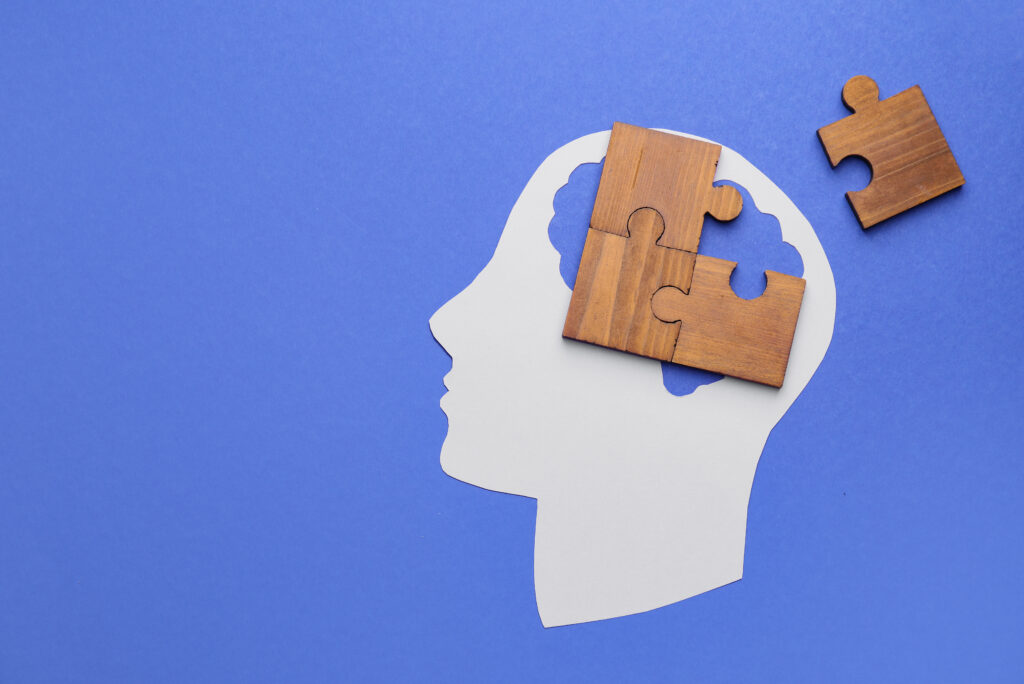Safe zones for individuals with dementia are designated areas or spaces in the home or care facility where the person with dementia can safely spend time and engage in activities. The goal of safe zones is to provide a secure and familiar environment that can help reduce the person’s anxiety, confusion, and agitation.

Here are some key features of safe zones:
- Familiarity: Safe zones should be designed with familiar objects, furniture, and personal items to help the person feel at ease and reduce confusion.
- Simplicity: The design and layout of safe zones should be simple and uncluttered to reduce confusion and disorientation.
- Accessibility: Safe zones should be easily accessible and have clear pathways to minimize the risk of falls or accidents.
- Safety: Safe zones should be designed with safety in mind, with sturdy furniture, grab bars, and slip-resistant flooring to minimize the risk of falls or accidents.
- Comfort: Safe zones should be comfortable, with soft lighting, comfortable seating, and access to activities and hobbies that the person enjoys.
- Security: Safe zones should be secure, with locks or alarms to prevent the person from wandering or getting lost.
Here are some creative examples of safe zones for individuals with dementia:
- Garden oasis: A safe zone can be created in a garden or outdoor area, with comfortable seating, shade, and access to nature. This can provide a peaceful and calming environment for the person to enjoy.
- Cozy corner: A safe zone can be created in a corner of a room, with a comfortable chair, soft lighting, and personal items such as family photos or a favorite book.
- Art studio: A safe zone can be created as an art studio, with access to arts and crafts materials, such as paints, paper, and clay. This can provide an opportunity for the person to engage in creative activities and express themselves.
- Reading nook: A safe zone can be created as a reading nook, with comfortable seating, soft lighting, and a collection of books. This can provide a peaceful environment for the person to relax and enjoy reading.
- Music room: A safe zone can be created as a music room, with access to musical instruments or recorded music. This can provide an opportunity for the person to engage in musical activities and express themselves through music.
- Memory lane: A safe zone can be created as a memory lane, with personal items, photos, and mementos from the person’s life. This can provide an opportunity for the person to revisit happy memories and reminisce.
Safe zones can provide a sense of security and comfort for individuals with dementia, helping to reduce confusion, agitation, and other behavioral challenges. Caregivers should work with healthcare professionals to create a safe zone that is tailored to the specific needs and preferences of the individual with dementia.